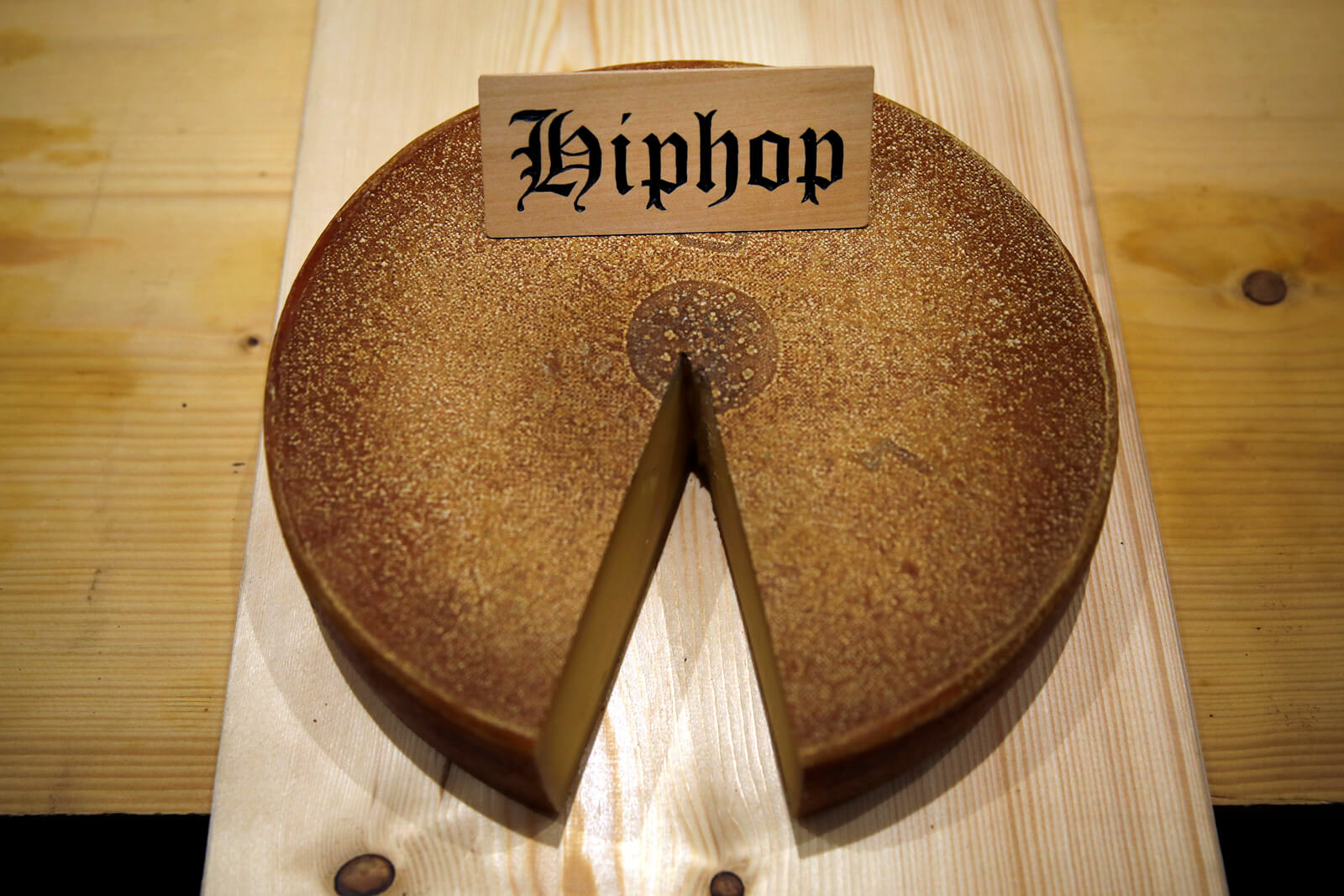
From Mozart to Led Zeppelin: it turns out that cheese wheels have their own preference for music!
This revelation comes thanks to the slightly odd-sounding Cheese In Sound experiment.
The students and cheese makers behind this project posed the following questions: What would happen if cheese was exposed to various styles of music? And do sound waves have an effect on the taste and texture of cheese?
What the Cheese In Sound experiment tried to find out
I am sure you have heard of Emmental cheese. (It's the one with the holes.) Produced at the Emmental cheese factory in the scenic Emmen Valley in Switzerland, this famous cheese became an object of science.
In collaboration with Bern University students from the Sound Arts department, the cheesemakers of the Käsehaus K3 in Burgdorf wanted to prove that exposure to music affects how cheese tastes and feels.
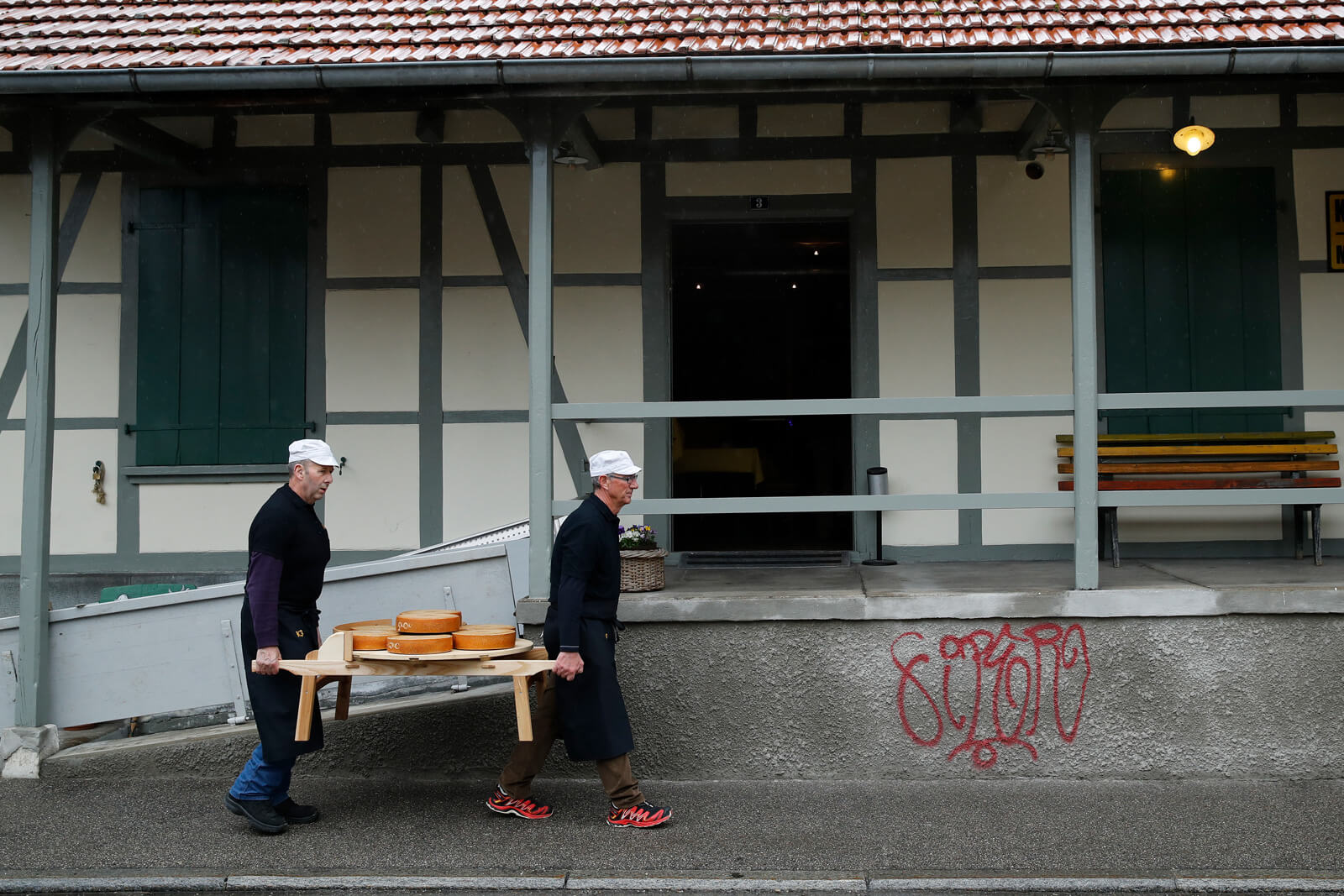
By placing eight identical cheese wheels in special boxes and then exposing them to music and sounds, the project wanted to determine how the taste and texture would evolve.
To push the idea even further, the project applied eight different types of sounds, one each per cheese wheel:
- Ambient: Yello – Monolith
- Classical: Mozart – Die Zauberflöte
- Techno: Vril – UV
- Rock: Led Zeppelin – Stairway to Heaven
- Hip-hop: A Tribe Called Quest – We Got (the Jazz)
- Sinus (low frequency): 25 hz
- Sinus (medium frequency): 200 hz
- Sinus (high frequency): 1000 hz
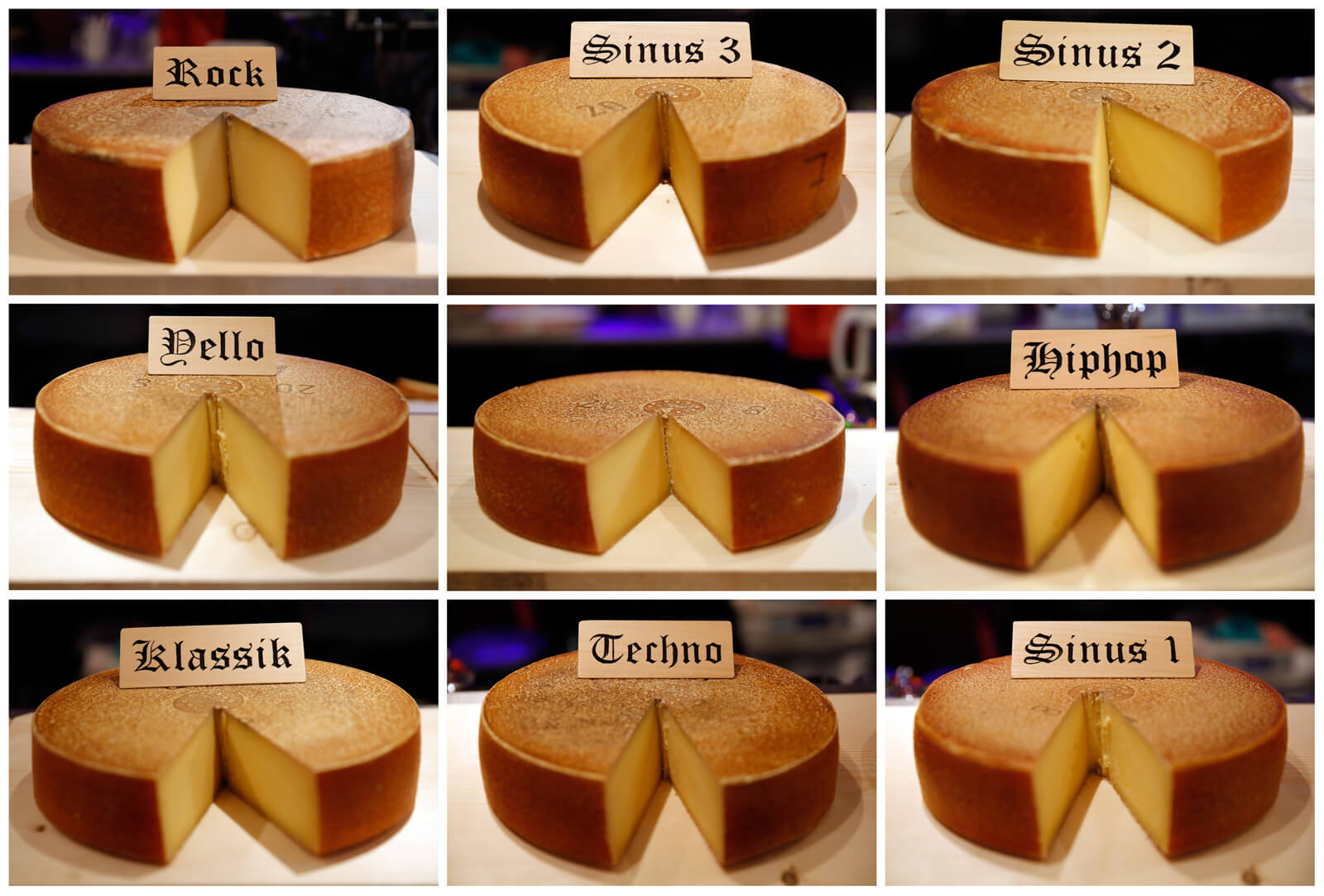
The Cheese in Sound experiment was a success; the results are incredible!
To assess whether these effects were real, a special panel composed of chefs, cheese makers, artists, and business professionals had the (difficult) task of tasting and examining all the cheeses. Even the mayor of Burgdorf took part in the jury panel.
The results were clear: Exposing cheese to sounds of various pitches and frequencies does affect their metabolic processes.
This, in turn, affects the ultimate flavor of the cheese, generally making them milder than if they had rested in peace and quiet. Those effects can apparently be visualized using food technology.
Specifically, each cheese sample's texture, flavor, and taste varied according to the sounds it was exposed to. For instance, cheese exposed to hip-hop music or low-frequency sounds "had a stronger smell and a stronger, fruitier taste than the other test samples."
These conclusions may seem fun, but the team is serious about it. Think about it: this project could open up new possibilities for culinary innovation!
So, the next time you hold a wine and cheese night at your apartment, you should carefully think about what music to play in the background...
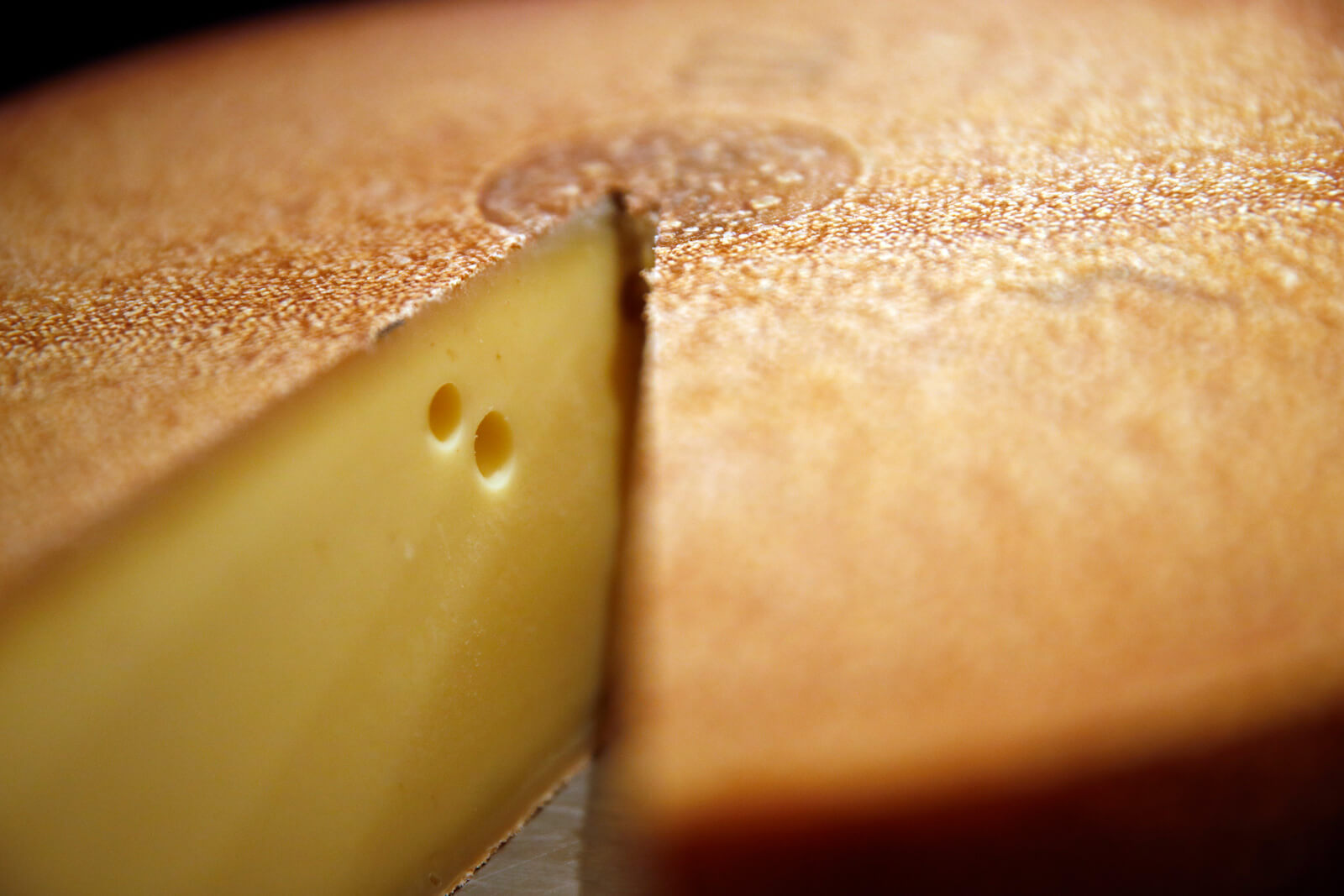

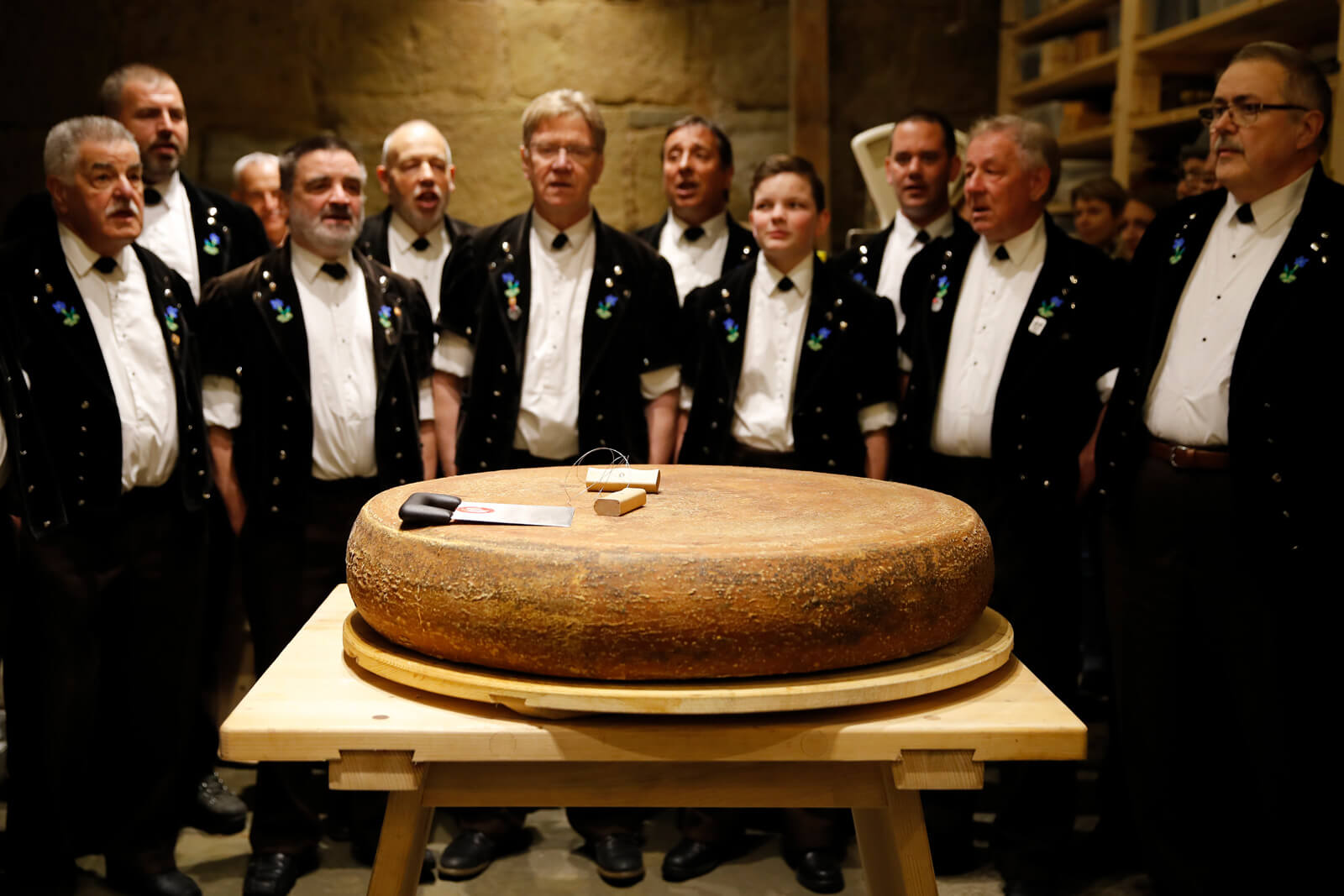
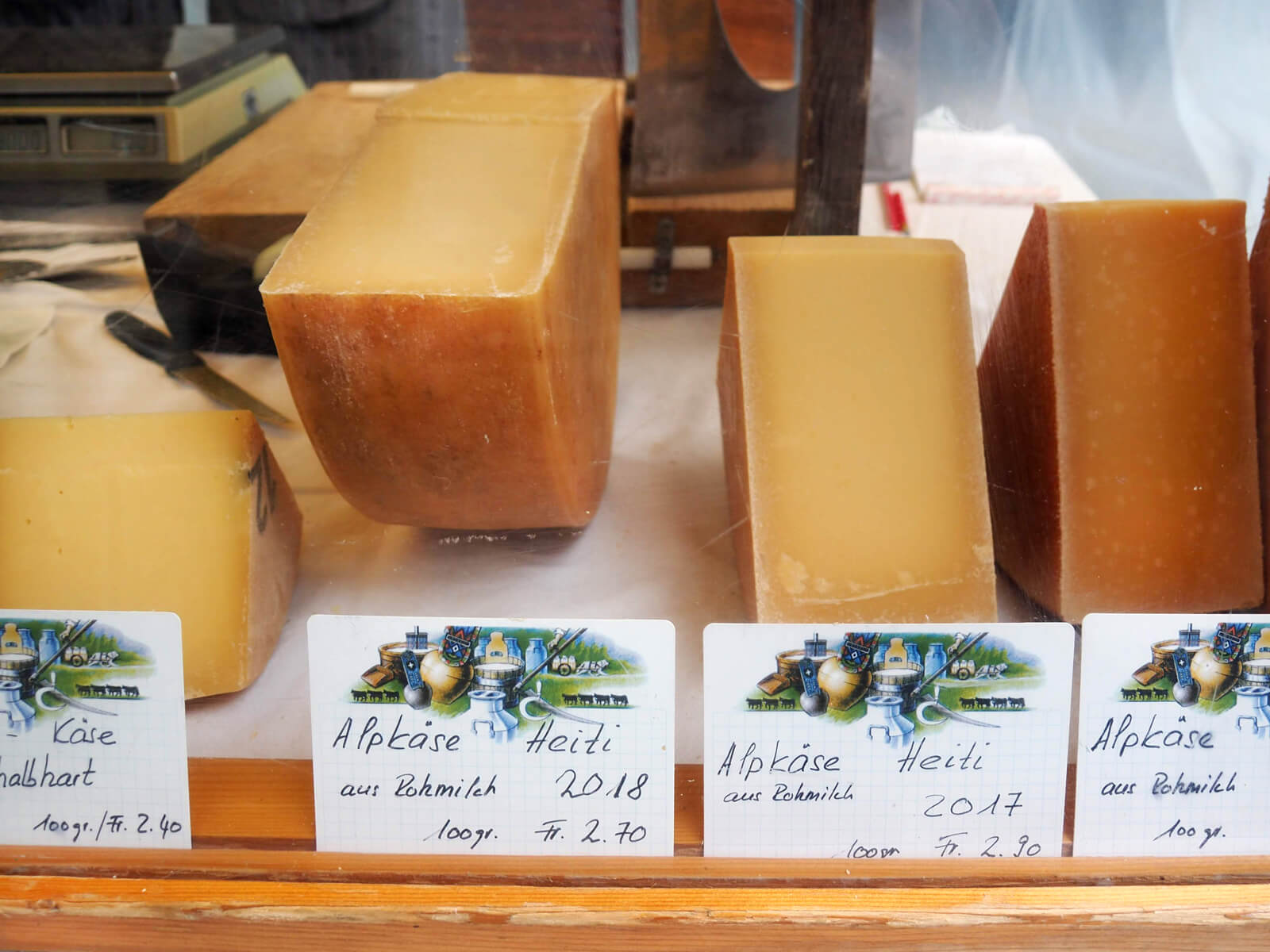
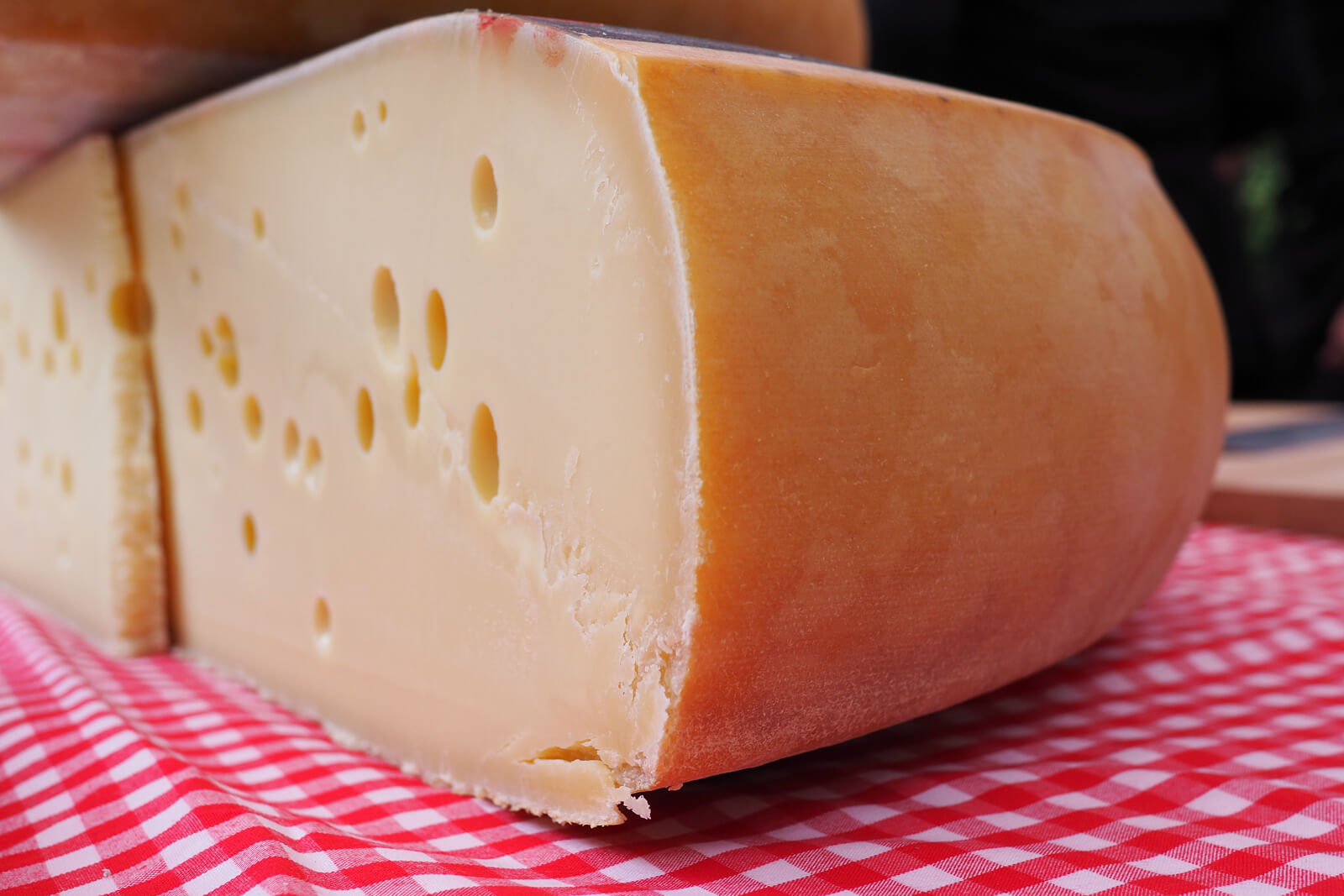

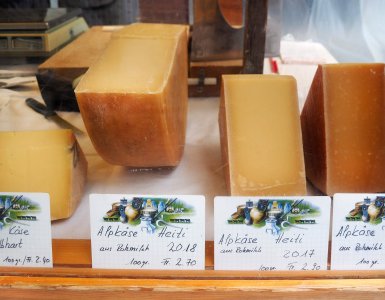

Add comment